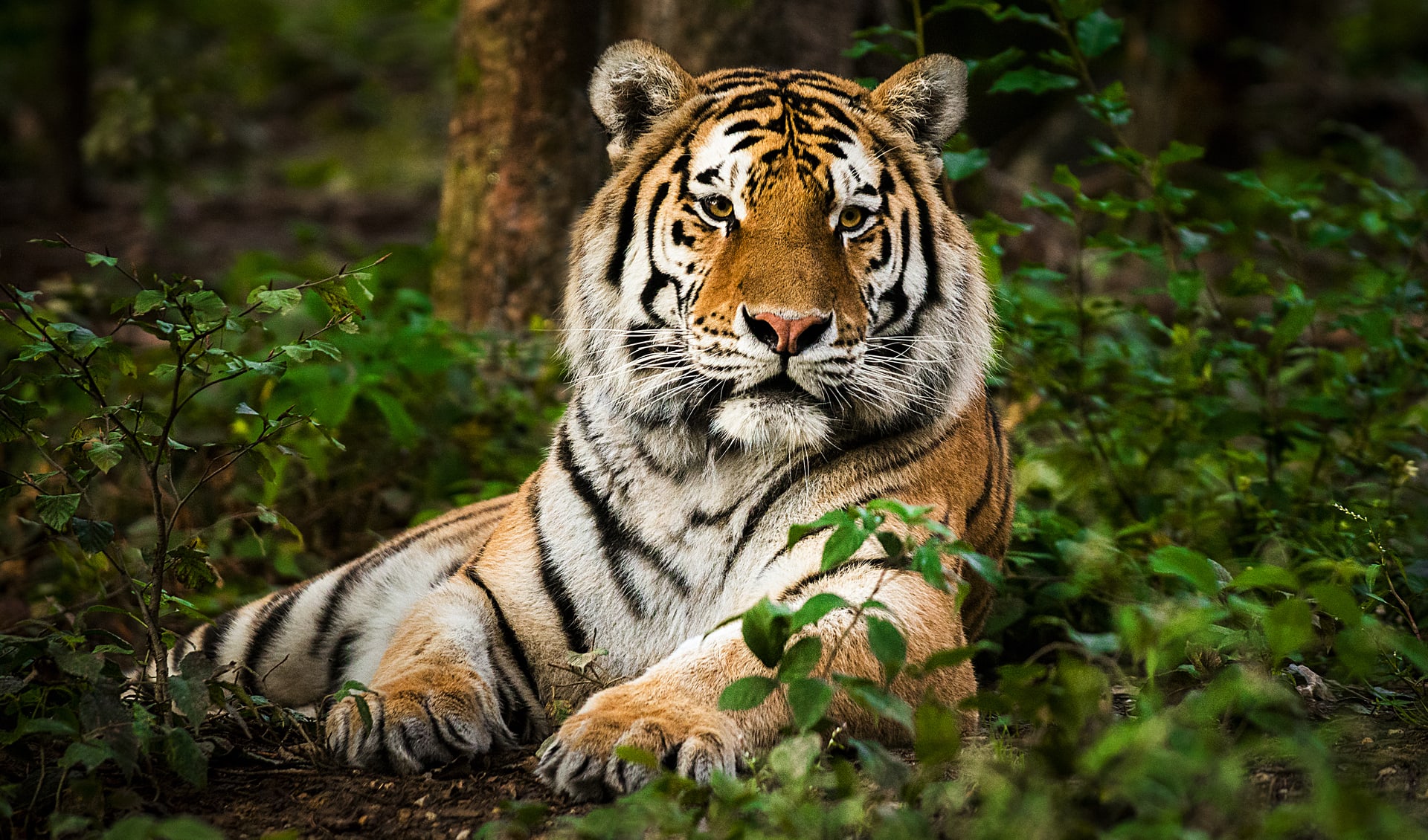Nestled among the tree branches of the Eastern Himalayas and the mountainous forests of Southwestern China, the red panda, an emblem of taxonomic intrigue, has captured hearts worldwide with its striking red fur and endearing demeanor. This small, arboreal mammal has undergone extensive reclassification over the past 140 years due to its unique characteristics, which have puzzled scientists to determine its place in the animal kingdom.
The red panda was initially named ‘panda’, derived from the Nepali word ‘ponya,’ meaning ‘eater of bamboo.’ This moniker was given long before the giant panda was known to the Western world, leading to a common misconception about their terminology. Contrary to popular belief, the giant panda shares its name with the red panda, not the other way around.
Earlier classifications placed the red panda in the bear family (Ursidae) and then in the raccoon family (Procyonidae) due to its bear-like body and raccoon-like face. However, these placements didn’t quite fit, as red pandas have their own distinctive features. Ultimately, it was decided that red pandas deserved their own family: Ailuridae.
Despite their categorization as carnivores, red pandas have a diet heavily skewed towards herbivory, with bamboo shoots and leaves constituting most of their intake. They occasionally eat eggs, birds, insects, and small mammals, but their digestive system is not well-suited to a carnivorous diet, making their classification all the more peculiar.
Red pandas communicate with various sounds, one of which is a subtle “twittering” noise, especially during mating season. This sound and other vocalizations are an important aspect of their social behavior, although they are generally solitary animals.
With fewer than 10,000 individuals remaining in the wild, red pandas are considered endangered. Deforestation, habitat fragmentation, poaching, and the illegal pet trade severely threaten their survival, leading to a decline in their population. Each remaining red panda is extremely valuable for the species’ continuity.
Distribution
 Bhutan
Bhutan China
China India
India Myanmar
Myanmar Nepal
NepalDid you know?
- Taxonomists believe there are two distinct species of red pandas, the Himalayan red panda and the Chinese red panda, based on genetic investigations. They are neither raccoons nor bears; instead, they belong to their own unique family.
- Kichi Mowgli’s best friend, the famous character from “Jungle book,” is none other than a soft furry red panda.
- Red pandas, like giant pandas, have an elongated wrist bone that serves as a sort of thumb and aids in grasping bamboo shoots.
- Although the precise number of animals in the wild is unknown, a 2015 estimate reveals a 50% decrease since 1997. According to forecasts, this decline will likely continue and accelerate in the near future.
- Perhaps as a result of Chinese demand, there seem to be more reports of Red Panda poaching and smuggling.
- Red pandas are killed for a variety of reasons, such as pets, medicine, wild meat, and pelts. Trends in offtake as well as geographically specific patterns of harvest and use, are not extensively recorded, nor are offtake levels or trends.
- Although this hasn’t been proven, it has been suspected that the growing numbers of red panda pet-trade online are captive-bred in China.
Anything we've missed?
Help us improve this page by suggesting edits. Glory never dies!
Suggest an editGet to know me
Terrestrial / Aquatic
Altricial / Precocial
Polygamous / Monogamous
Dimorphic (size) / Monomorphic
Active: Diurnal / Nocturnal
Social behavior: Solitary / Pack / Herd
Diet: Carnivore / Herbivore / Omnivore / Piscivorous / Insectivore
Migratory: Yes / No
Domesticated: Yes / No
Dangerous: Yes / No




